It’s easy to imagine these wearable circuits on the shelves of CVS.
3 minute Read.
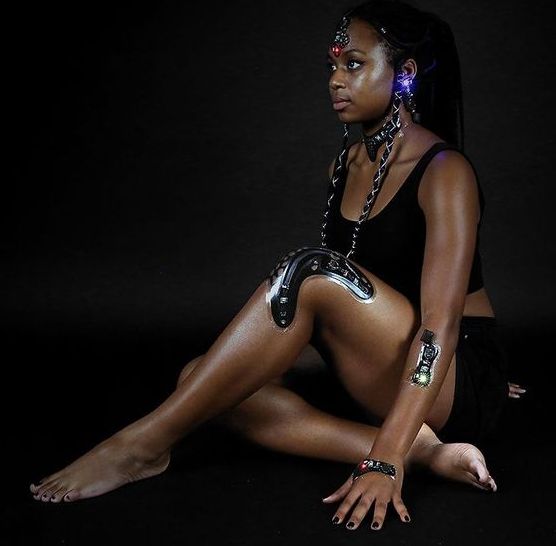
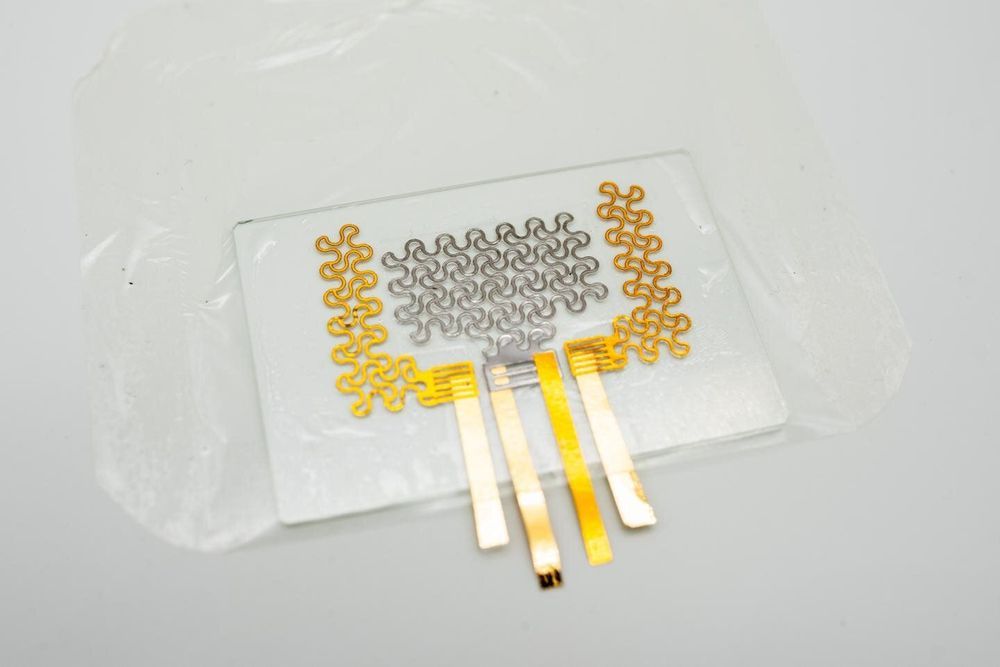
The future of medicine is not fixing what is broken, it’s preventing things from getting broken in the first place.
The leading cause of death in Texas is heart disease, according to the National Center for Health Statistics, accounting for more than 45,000 deaths statewide in 2017. A new wearable technology made from stretchy, lightweight material could make heart health monitoring easier and more accurate than existing electrocardiograph machines—a technology that has changed little in almost a century.
Developed by engineers at The University of Texas at Austin and led by Nanshu Lu in the Cockrell School of Engineering, this is the latest incarnation of Lu’s electronic tattoo technology, a graphene-based wearable device that can be placed on the skin to measure a variety of body responses, from electrical to biomechanical signals.
The research team reported on their newest e-tattoo in a recent issue of Advanced Science.
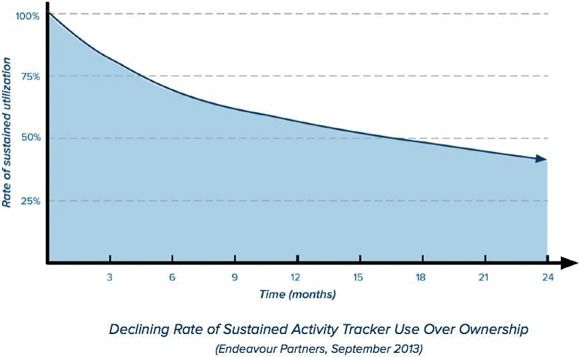
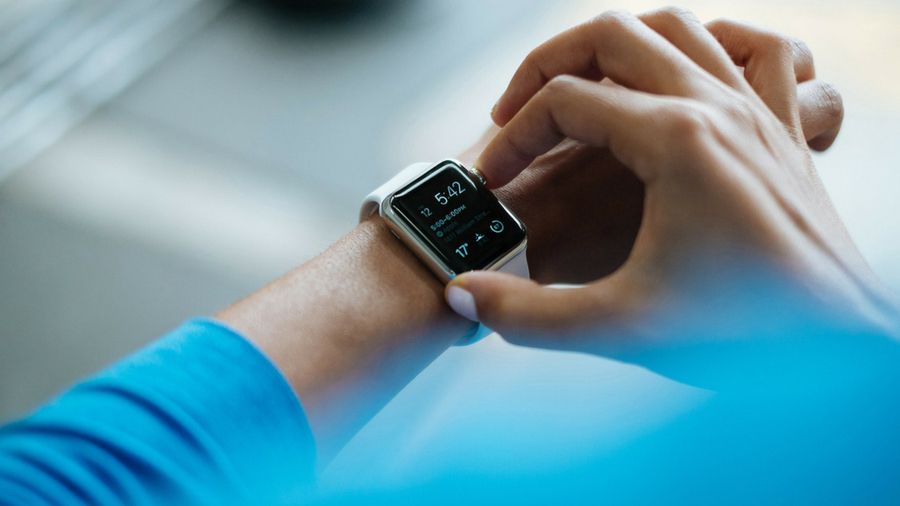
Wearable devices that harvest energy from movement are not a new idea, but a material created at Rice University may make them more practical.
The Rice lab of chemist James Tour has adapted laser-induced graphene (LIG) into small, metal-free devices that generate electricity. Like rubbing a balloon on hair, putting LIG composites in contact with other surfaces produces static electricity that can be used to power devices.
For that, thank the triboelectric effect, by which materials gather a charge through contact. When they are put together and then pulled apart, surface charges build up that can be channeled toward power generation.

Amazon is reportedly developing a voice-activated wearable device that can recognize human emotions.
If successful, the health product could help the company improve its targeted advertisements and make better product recommendations, reports Bloomberg. The unnamed device could also advise humans on how to better interact with others.
A source showed Bloomberg internal Amazon documents that revealed a few details about the futuristic health and wellness product.
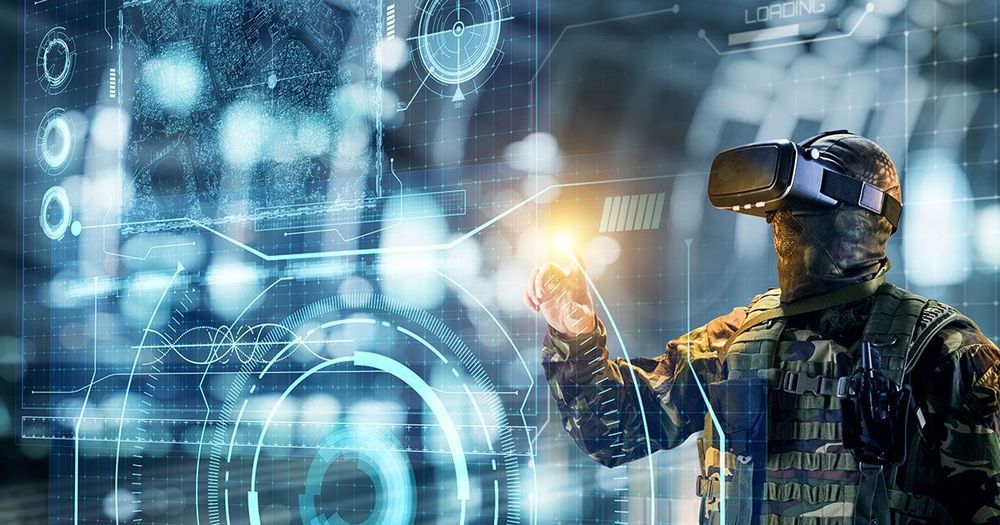

DARPA has awarded funding to six organizations to support the Next-Generation Nonsurgical Neurotechnology (N) program, first announced in March 2018. Battelle Memorial Institute, Carnegie Mellon University, Johns Hopkins University Applied Physics Laboratory, Palo Alto Research Center (PARC), Rice University, and Teledyne Scientific are leading multidisciplinary teams to develop high-resolution, bidirectional brain-machine interfaces for use by able-bodied service members. These wearable interfaces could ultimately enable diverse national security applications such as control of active cyber defense systems and swarms of unmanned aerial vehicles, or teaming with computer systems to multitask during complex missions.
“DARPA is preparing for a future in which a combination of unmanned systems, artificial intelligence, and cyber operations may cause conflicts to play out on timelines that are too short for humans to effectively manage with current technology alone,” said Al Emondi, the N program manager. “By creating a more accessible brain-machine interface that doesn’t require surgery to use, DARPA could deliver tools that allow mission commanders to remain meaningfully involved in dynamic operations that unfold at rapid speed.”
Over the past 18 years, DARPA has demonstrated increasingly sophisticated neurotechnologies that rely on surgically implanted electrodes to interface with the central or peripheral nervous systems. The agency has demonstrated achievements such as neural control of prosthetic limbs and restoration of the sense of touch to the users of those limbs, relief of otherwise intractable neuropsychiatric illnesses such as depression, and improvement of memory formation and recall. Due to the inherent risks of surgery, these technologies have so far been limited to use by volunteers with clinical need.
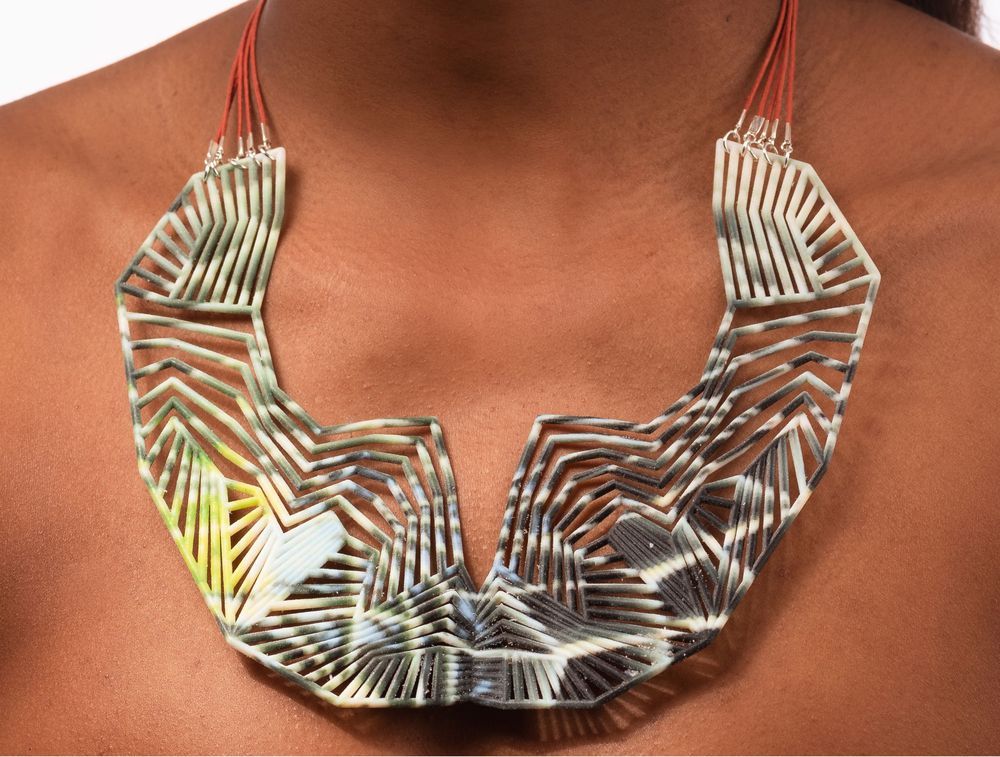
Up-and-coming fashion designer Ganit Goldstein may not have had her 3D printed wearables on display at the recent Met Gala (where Zac Posen became the latest designer to use 3D printing in his work), but her designs are striking nonetheless. Her most recent collection, Shifted Craft, was debuted at Milan Design Week last month.
Goldstein prides herself as a fashion designer working at the intersection of craft and technology. This means she frequently combines new technologies, such as 3D scanning, modeling and printing with more traditional textile and garment-making practices. Shifted Craft, which comprises seven pieces of jewelry and two pairs of shoes, embodies these overlapping approaches seamlessly and stylishly.

